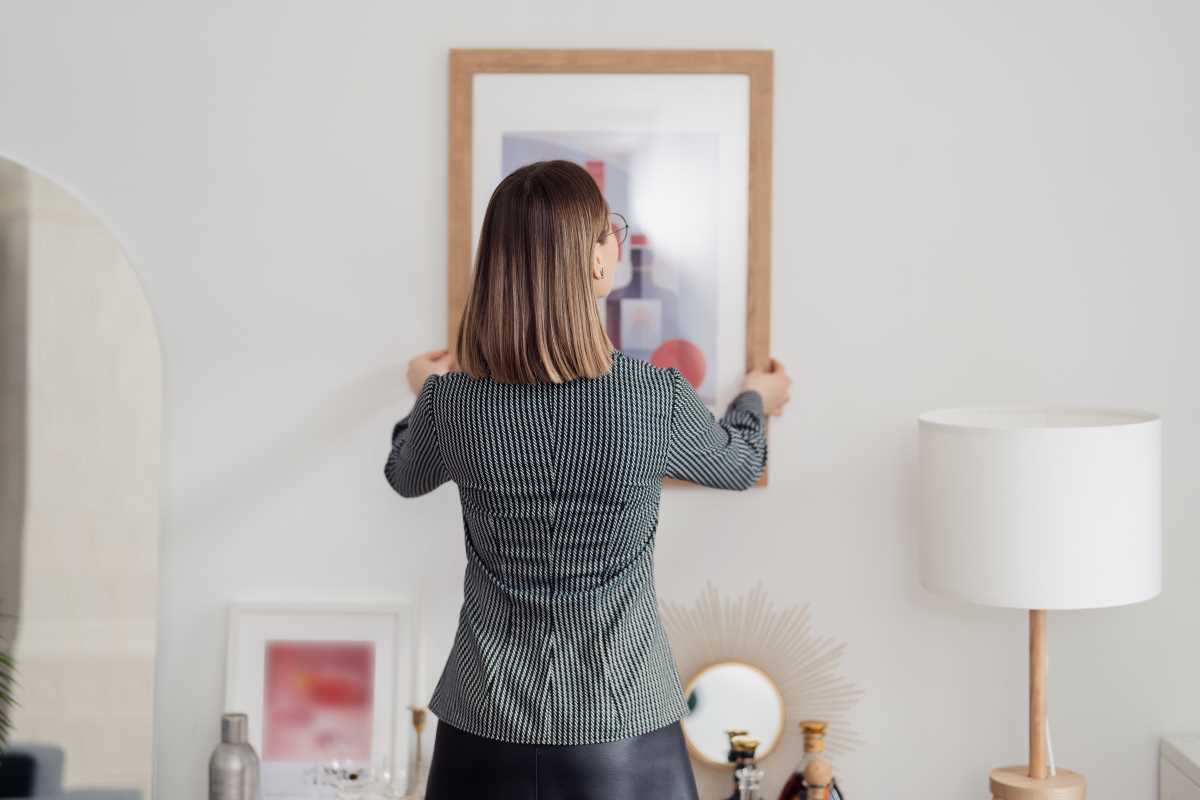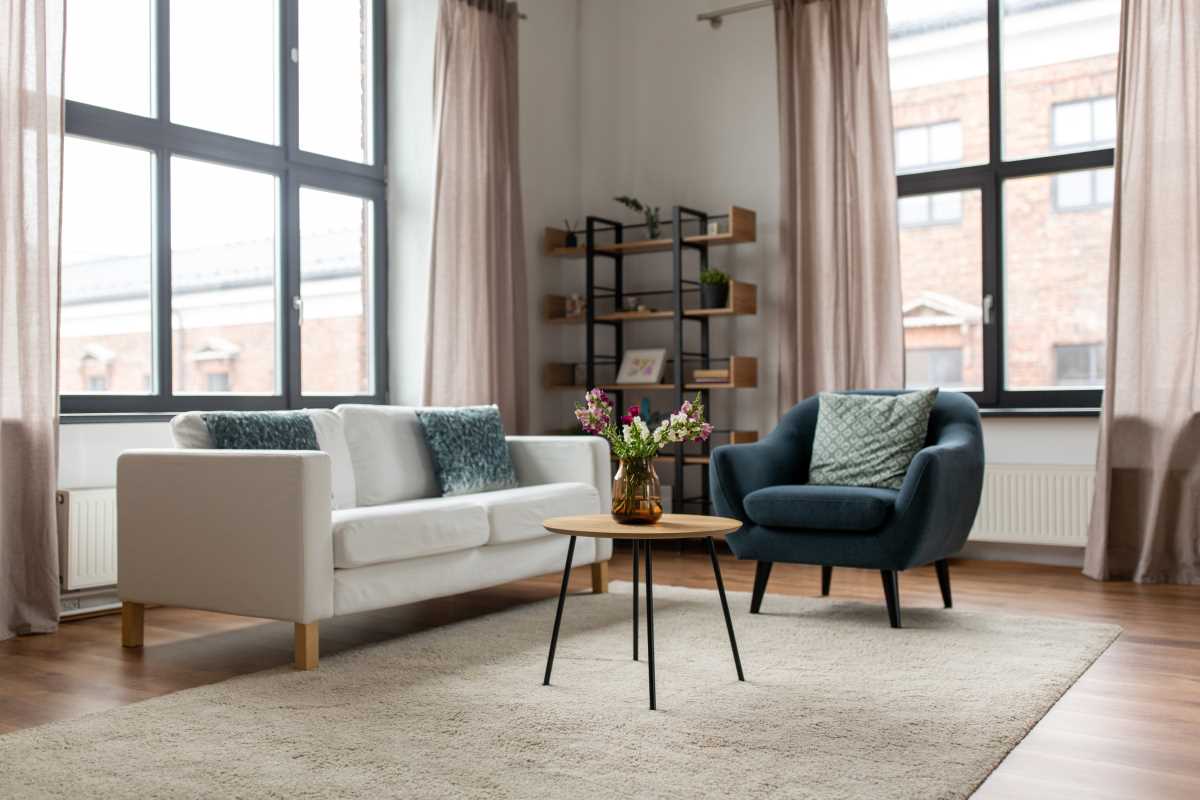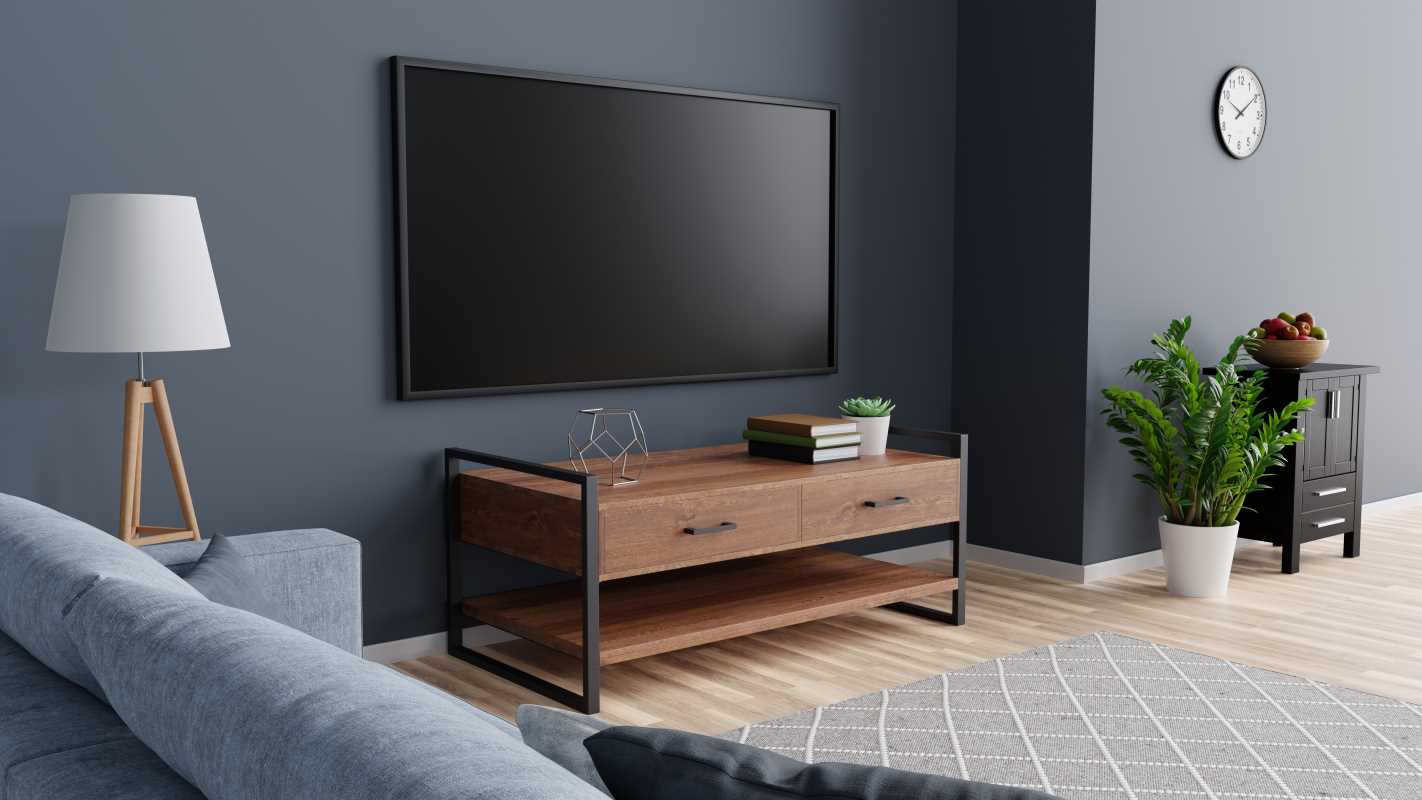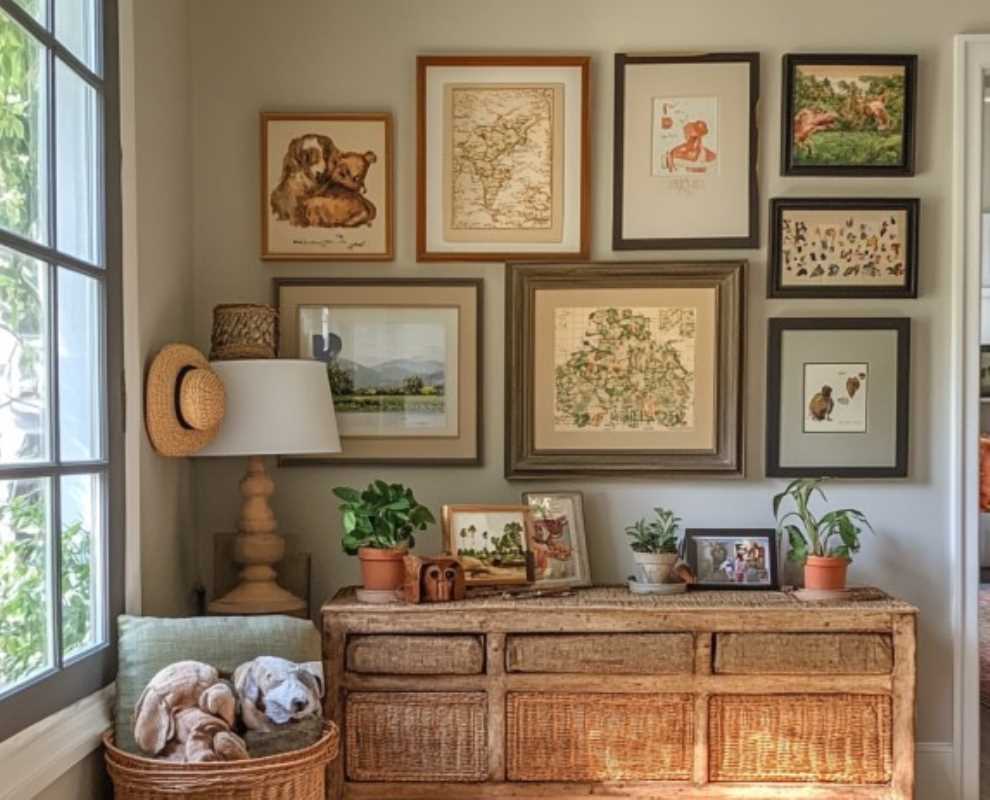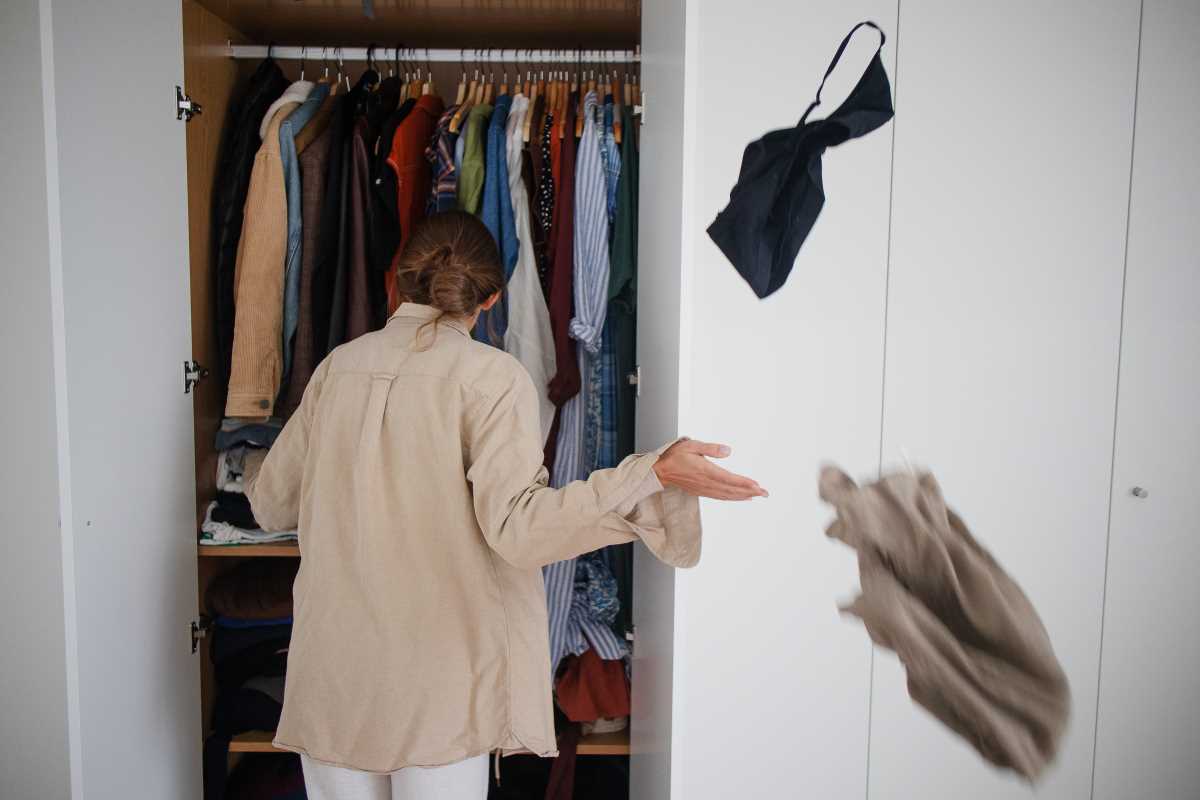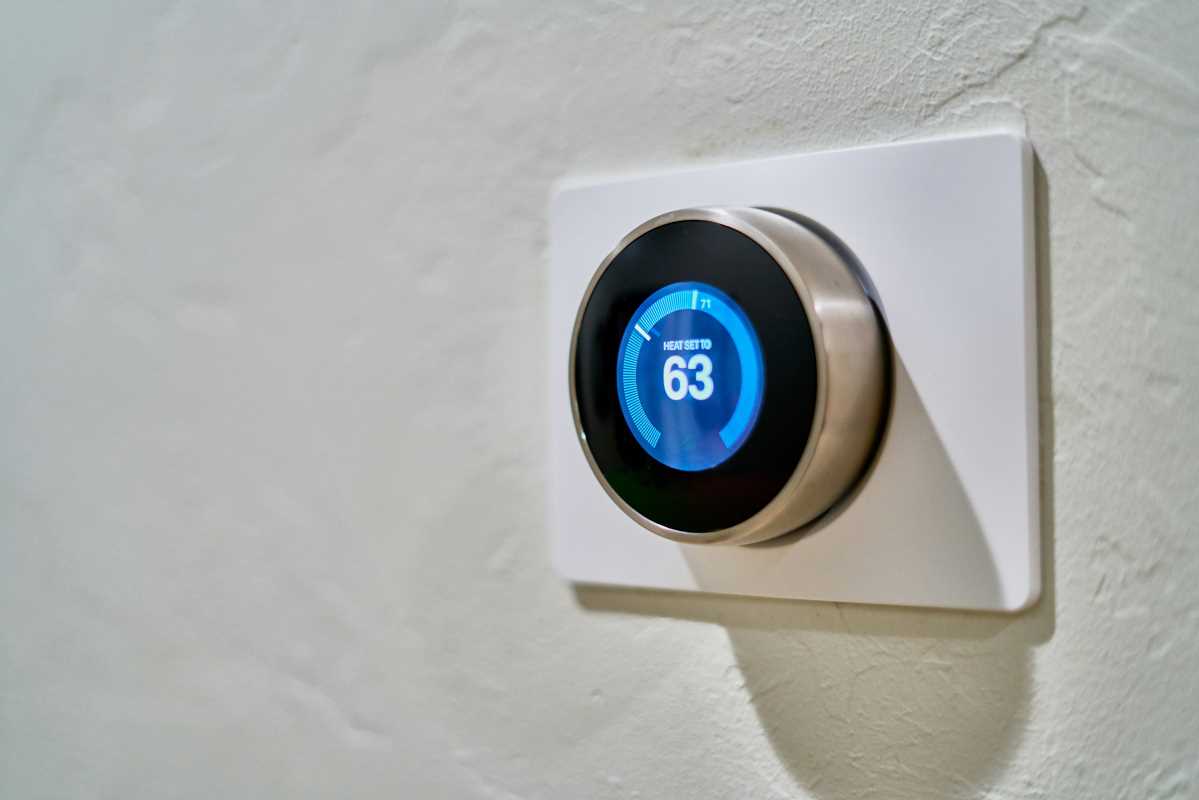Selling your home is equal parts preparation, strategy, and making a great first impression. Among the many decisions you face when staging your home, choosing the right color scheme plays a pivotal role. While bold colors or statement walls can be tempting, leaning into neutral shades is one of the smartest moves you can make. Why? Neutral colors create the ideal backdrop for potential buyers to envision their future lives in your home.
But that’s not all. Neutral tones have a proven track record of helping properties sell faster. They appeal to a wider audience, make spaces look larger and brighter, and set a calming, welcoming tone. Below, we’ll explore why neutral shades matter, how to use them effectively, and which ones are the most popular for creating a buyer-friendly home.
Why Neutral Colors Work for Selling Homes
Neutral shades do more than just create an appealing aesthetic; they play into the psychology of potential buyers. Here are some key reasons why these tones can give your home a competitive edge.
1. They Appeal to a Broader Audience
Everyone has their own style, and bold colors can be polarizing. One person’s favorite bright teal may be another person’s dealbreaker. Neutral colors, on the other hand, have mass appeal. They’re versatile and timeless, making it easier for buyers to picture themselves in the space regardless of their personal décor preferences.
What This Means: Potential buyers can visualize how their furniture, artwork, and lifestyle might fit into the home, making them more likely to fall in love with the property.
2. They Create a Blank Canvas
When buyers walk into your home, they’re imagining the life they could build there. Neutral shades create a “blank canvas” effect, allowing buyers to see the home’s features without being distracted by a specific style or color choice that may not suit them.
What This Means: Instead of seeing your personality, they see opportunity – and that’s what sells.
3. They Make Rooms Feel Larger and Brighter
Lighter neutral shades like off-whites, soft grays, and beiges reflect more light, which can make rooms feel more open and airy. This is especially helpful for smaller spaces or rooms that don’t get much natural light.
What This Means: Bright, expansive-feeling spaces make your home more inviting and give it a rewarding “wow factor.”
4. They Set a Calming Tone
Neutral colors are universally associated with tranquility and balance. Walking into a calming environment can help buyers feel at ease, making your property more memorable and appealing.
What This Means: Buyers are more likely to leave with a positive impression, increasing the chances of an offer.
Tips for Choosing the Right Neutral Shades
Choosing neutral paint colors may seem straightforward, but there’s more to it than simply picking “white.” The right shade depends on the home’s overall aesthetic, natural light, and the mood you’re trying to create. Here are some tips to make sure you choose the perfect tones for your home:
1. Consider the Home’s Style
- Modern or minimalist homes: Opt for cool neutrals like shades of gray or greige (a mix of gray and beige).
- Traditional homes: Play with warmer tones like soft taupe or cream.
- Farmhouse or rustic homes: Earthy tones like beige or ivory beautifully complement natural materials like wood.
2. Test Colors Under Different Lighting
Natural light changes throughout the day, and artificial lighting can alter how paint colors appear. Always paint sample areas on your walls and observe them in morning, afternoon, and evening light before committing.
3. Go Warm or Cool Based on Your Home’s Lighting
- North-facing rooms: These spaces get cooler natural light, so balance it with warm-toned neutrals (like soft beige or creamy white).
- South-facing rooms: These receive warmer light, making cool-toned neutrals (like a light gray or greige) ideal for balance.
4. Stick with One Palette
Neutral tones create continuity throughout the home. Stick to a cohesive palette of 2-3 shades to create flow and avoid drastic changes from room to room.
5. Use the Right Finish
Flat or matte finishes are ideal for walls because they absorb light and hide imperfections. For trim and moldings, choose a satin or semi-gloss finish to add subtle contrast and polish.
Perfect Pairings with Neutral Shades
Neutral walls are the perfect backdrop for building a welcoming and visually interesting space. Pair them with accents that complement and elevate the design. Here’s how:
1. Add Pops of Color With Décor
Accent pillows, artwork, throws, and rugs are great ways to introduce personality without overwhelming the room. For example:
- Pair light gray walls with pops of mustard yellow or teal.
- Match beige tones with accents in soft blues or greens.
2. Use Layers of Texture
With neutral shades, texture is your best friend for creating depth and interest. Incorporate elements like woven baskets, faux fur throws, or linen curtains to make spaces feel cozy and dynamic.
3. Highlight Features with Contrast
Accent neutral walls with bright white trim, crown molding, or black frames and hardware for a sophisticated contrast. This technique also draws attention to architectural features like windows or built-ins.
4. Play with Metallics
Warm metallics like gold or copper pair beautifully with creamy neutrals, while silvers and brushed nickel accents complement cooler grays.
Popular Neutral Shades to Consider
Need inspiration? Here are some go-to neutral shades that designers and home stagers often swear by:
- Greige: Sherwin-Williams Agreeable Gray or Benjamin Moore Revere Pewter offer the best of both worlds, blending warm and cool tones seamlessly.
- Soft White: Look for shades like Simply White by Benjamin Moore or Swiss Coffee by Behr for a clean, bright look.
- Light Gray: Classic Gray or Stonington Gray by Benjamin Moore make elegant choices for contemporary spaces.
- Beige: Accessible Beige by Sherwin-Williams provides a warm yet neutral tone that flatters any setting.
The ROI of Neutral Colors
Investing in neutral shades pays off in more ways than one. According to real estate studies, homes with neutral interiors tend to sell faster and closer to the asking price than those with bold or outdated color schemes. Here’s why:
- Neutral shades photograph better: Listing photos are often a buyer’s first impression, and neutrals ensure every space looks clean, bright, and inviting.
- They save buyers time: Paint is one less project buyers feel they need to tackle, which adds value.
- They improve resale value: Neutral homes are easier to market and stage, which translates to fewer days on the market and more competitive offers.
If you’re preparing to sell your home, don’t underestimate the subtle, yet powerful role of neutral shades. These timeless tones not only create a welcoming environment but also maximize your home’s appeal, making it easier for buyers to fall in love.
